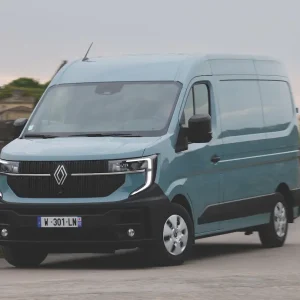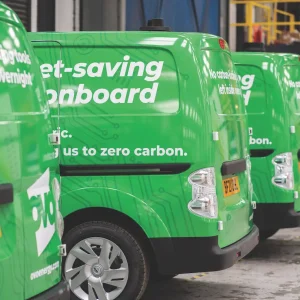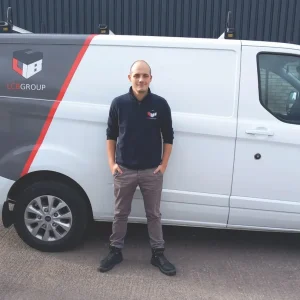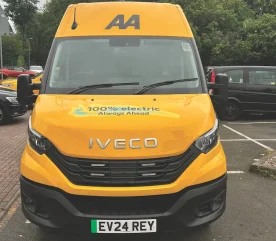
Taking the Green Innovation Award this year in one of the most hotly contested categories is the AA.
Despite the challenges being faced in meeting its own net-zero target for 2035, the AA continues to look ahead. By their nature, recovery vehicles do not naturally suit fully electric operation, there are no ‘off the shelf’ vehicles available and currently no other UK-based roadside assistance firm has an electric recovery vehicle operational on its fleet. The AA operates over 7,000 vehicles, including 3,000 patrol vans, and these are required to tow a loaded trailer weighing up to 2.2 tonnes, something virtually no electric van is capable of, and, if it were, the range on a single charge would be severely restricted.
The AA is passionate about reducing its carbon footprint and how it has approached the future adaptations of its fleet in order to meet its own target is testament to this. The AA has been working with industry partners on a ‘test and scale’ approach to create bespoke solutions where alternative fuelled vehicles could potentially work. One example of this is a project involving Iveco’s eDaily van. A specialist conversion has been designed to allow the vehicle to be fitted with the otherwise commonly used CRT (Compact Recovery Trailer). The trailer can carry casualty vehicles weighing up to 3,250kg and is designed to allow the recovery of electric vehicles, which come with unique challenges. Despite this extensive capability, the vehicle also has seated accommodation for up to six passengers around a custom designed table. The van has a twin battery arrangement, and this allows for a practical range between charges of around 160 miles.
Another concept vehicle that has been introduced is the Iveco eDaily Powerload. This incorporates a remote loading system which allows the operator to deploy loading ramps with minimal manual intervention. The vehicle is intended for use primarily in low or zero emission zones, and the 100 mile range can be reinstated in under an hour using an 80kWh rapid charger.
Trials are not just being limited to vans and smaller, chassis-based electric vehicles. The Volvo FE Boniface slidebed truck has been introduced to the fleet. This vehicle, with a 6,000kg payload on its integral recovery bed and an additional 2,000kg on its trailed car lift allows heavier vehicles to be recovered in an environmentally friendly way. There is capacity for two passengers in addition to the driver. The truck has a more than ample range of 170 miles between charges, and when connected to a 150kWh high-speed rapid charger, can be recharged in just 2.25 hours.
Trials are not being restricted to battery electric vehicles. The AA is also running feasibility tests on hydrogen vans and those operating on HVO (hydrotreated vegetable oil). Early in 2024, there were already 20 alternatively fuelled vehicles operating within the fleet, including nine fully electric vans and three HVO-fuelled vehicles which are being tested in the north west of England.
The introduction of these and other electric vehicles is critical in reducing CO2 emissions across the fleet. Diesel trucks on the fleet are emitting an average of 0.79kg CO2 per mile whilst the electric ones are seeing between 0.21kg and 0.46kg of CO2. The company is committed to increasing the number of electric vehicles which have the additional health benefit of zero tailpipe emissions. With significant investment and this collaborative approach with partners, the AA aims to have a minimum of 60 alternatively fuelled vehicles on its fleet by the end of 2025 and is committed to overcoming any challenges encountered along the way.
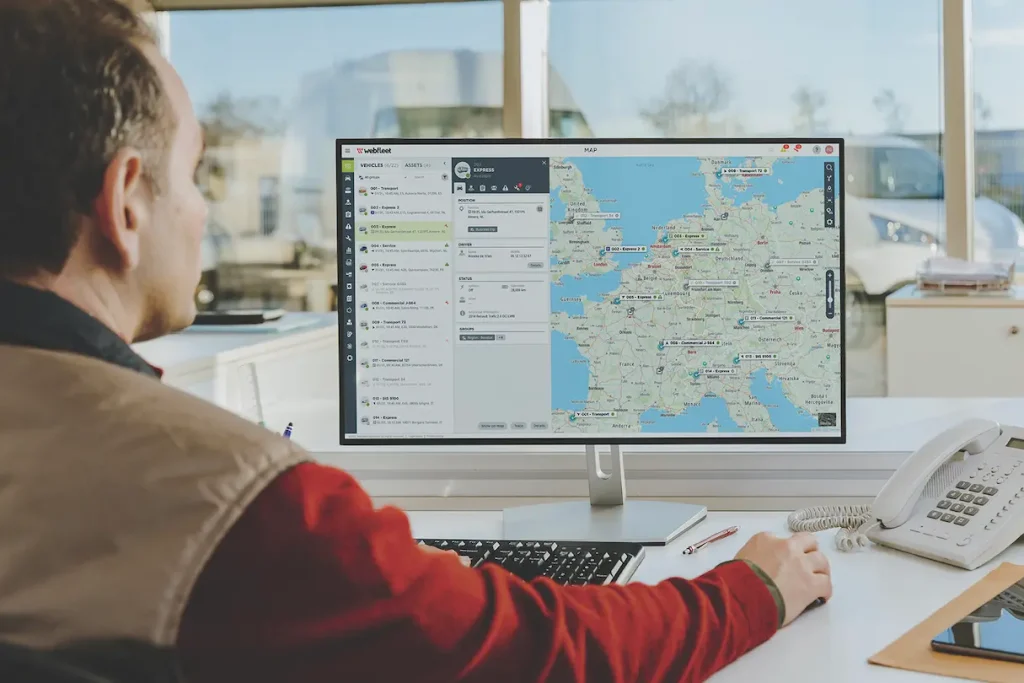
Highly Commended: Bridgestone Mobility Solutions
Highly commended in this category, Bridgestone Mobility Solutions continues to streamline and adapt its fleet management platform, Webfleet, to efficiently manage fleets with an increasing proportion of electric vehicles.
Allowing seamless access to energy management, battery analytics, EV charging and routing solutions the EV Services Platform integrates all facets necessary for efficient EV fleet operations. Customers can choose from a suite of services to suit their requirements. These include; advanced battery analytics providing real-time alerts and reports on battery health, real time insights on driver behaviour including energy consumption and smart charging solutions, ensuring that costs are minimised by avoidance of high energy tariffs, and also controlling charge rates to avoid battery degradation.
The company also offers an EV Transition Tool, helping fleets to identify areas of vehicle operation most suited to the move to electrification. Vehicle models most suitable for the role are identified, and the cost implications detailed.

